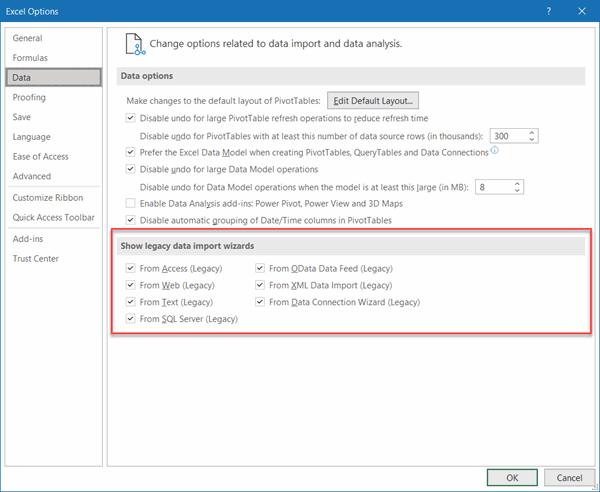
( Tip: If we do not insert another column, then the other portion of data will overwrite our data in column B) To insert another column, select column B and right-click on it, and then click insert, or we can use the shortcut key ( Ctrl with +)

The name of the parameter goes at the top surrounded by parenthesis and followed by => To create the function, we must replace the section in the rectangle above with the parameter name, see below. In the Advanced Editor, you will notice that the first line contains the function File.Contents and a fixed path and filename. To create a function, go to View → Advanced Editor Then promote the headers, go to Home → Use First Row as Headerįinally, change the format of the Date column to date (Right-click the header of the Date Column, go to Change Type → Date Go to the filter and select the word Keep Right-click the header of the column → Fill → Down. The new column, called Rows to Keep, should contain the word “Keep” in the header rowįill down the column Rows to Keep. In this case, the header row is located where Column2 is equal to Date. Then go to Add Column → Conditional Column, enter a condition to identify the header row, and click OK. Then select the sheet or table to import and click OK Go to Data → New Query → From File → From Workbook Step 1: Import a single file from the folder The process is EXACTLY the same as in the previous example, but rather than deleting a fixed number of rows you will identify the row with headers using a conditional column. To solve this issue, what we will do is to identify the row with the headers on each file and keep all the rows below that one. However, in file Sales History – 25989.xlsx data starts at row 9ĭownload the files from this link to follow along. See two examples below:ĭata of interest in file Sales History – 24796.xlsx starts at row 13

What if the files could start at different rows?įor this scenario, we will work with 6 files and each of them start at a different row.

Therefore, the data on all files started at the same row, but what if this is not the case?
#Excel text import wizard exclude data how to#
The previous scenario covered how to import all Excel files in a folder getting the data below the 9 th row.
#Excel text import wizard exclude data series#
This is the 4th post of a series that covers everything about importing all files in a folder into Excel using a tool called Power Query.


 0 kommentar(er)
0 kommentar(er)
